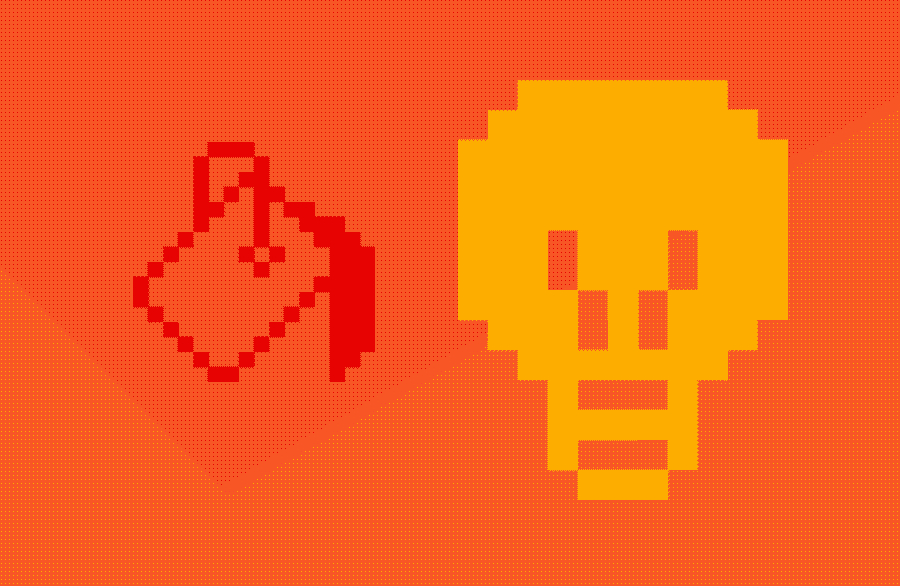Mastering colour and light will take your Art to the next level!
This art learning cheat sheet is an overview of tips, tricks and fundamental information that will help you to inject strong colour and light into your artwork. These starting points are taught by all leading professionals so they should be explored and mastered.
Main Points
Colour Creation
Engage the Audience
Balance Unity with Variety
Warms & Cools
Colour & Emotion
Reds passion, summer, love, vibrance
Greens magic, supernatural, envy, nature
Yellows light, new life, natural
Back Lighting
Viewer Perception
Questions to ask yourself
-

How do colours shift in relation to light?
-

How do colours shift in relation other objects?
-

What colour will elicit the appropriate emotion?
-

How does global illumination effect the colours?
-

Does the colour scheme reflect the mood?








